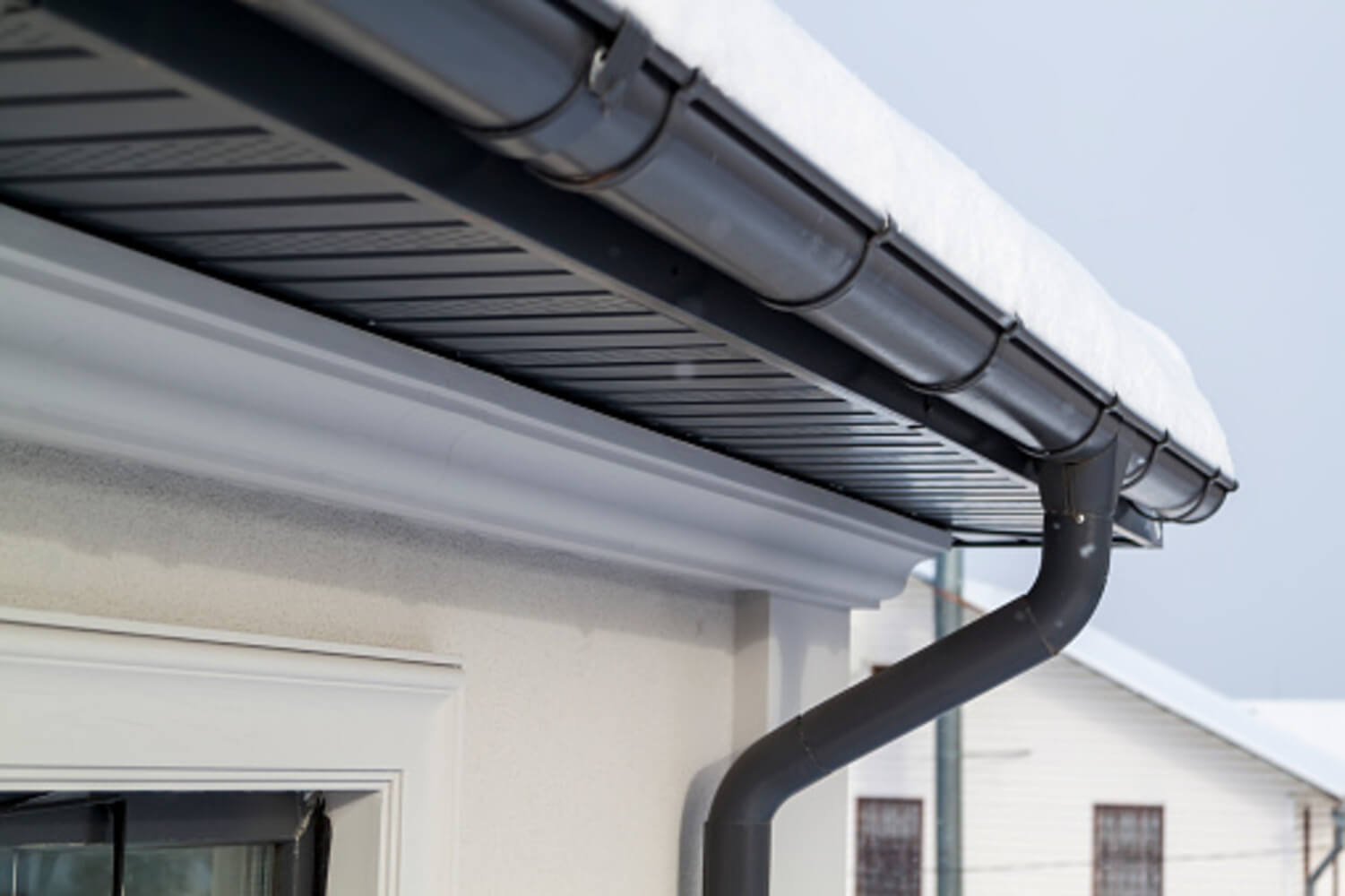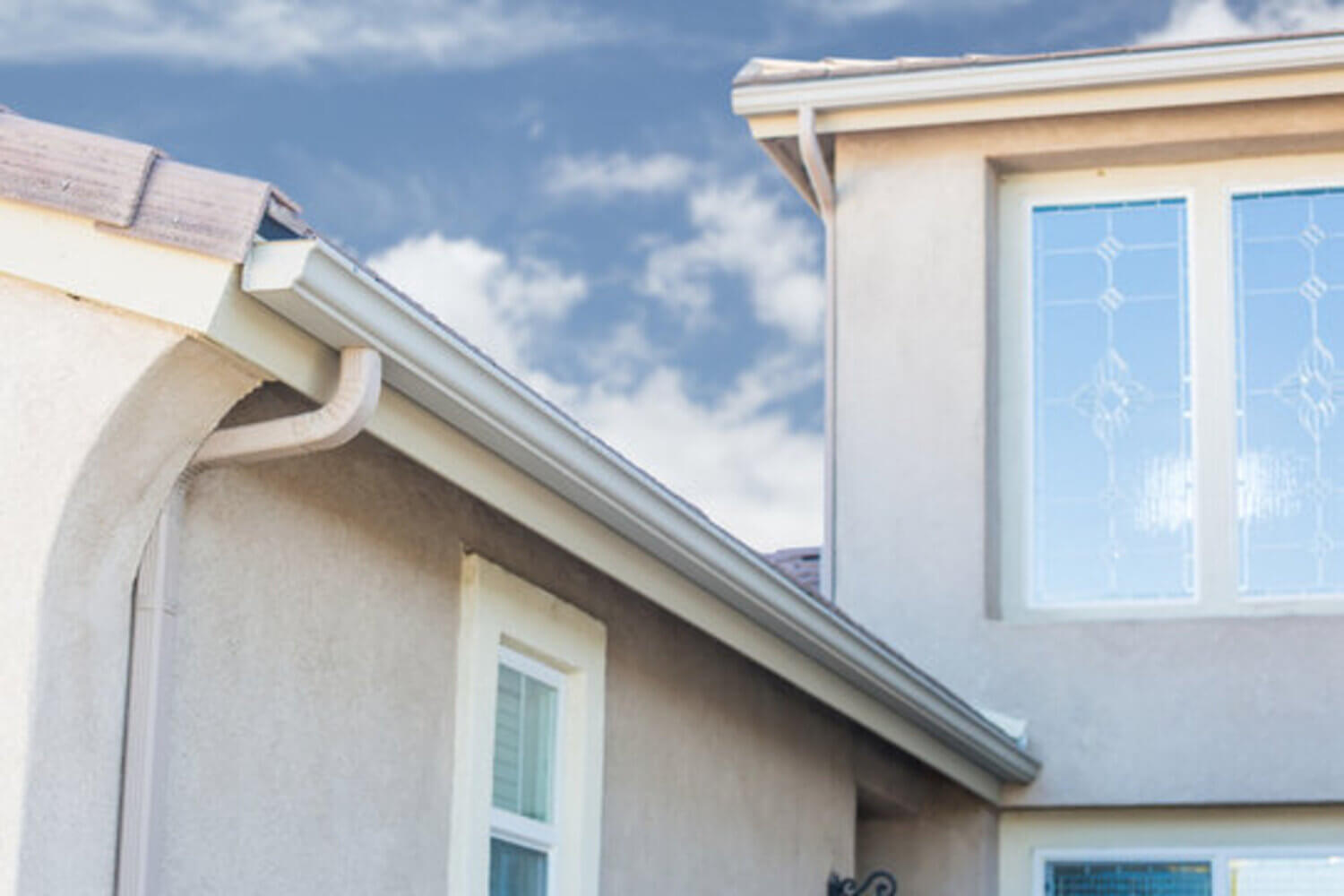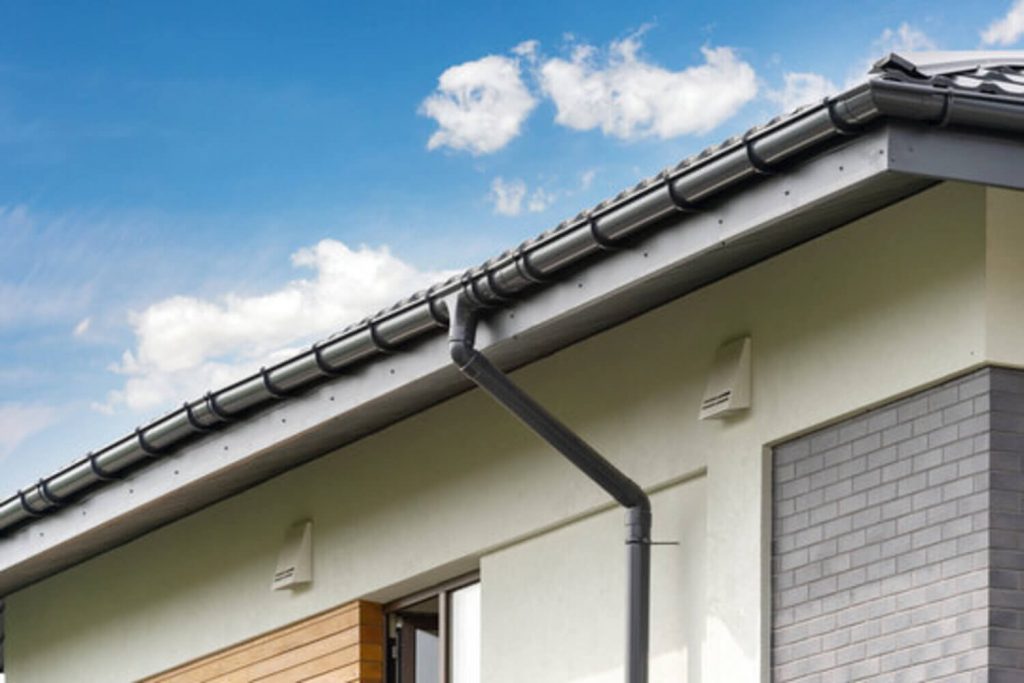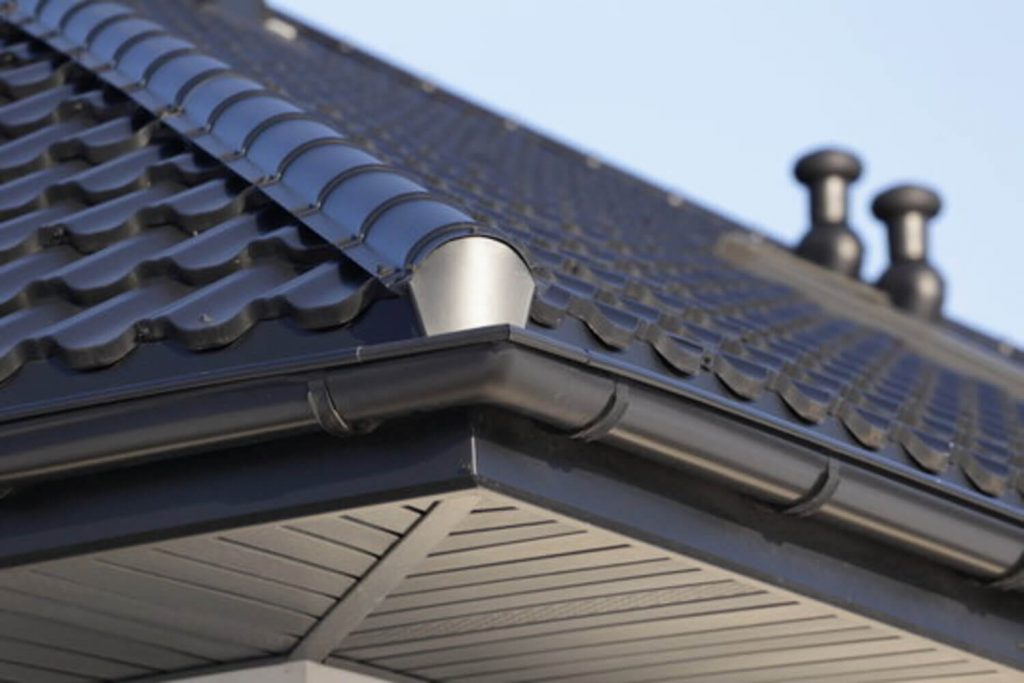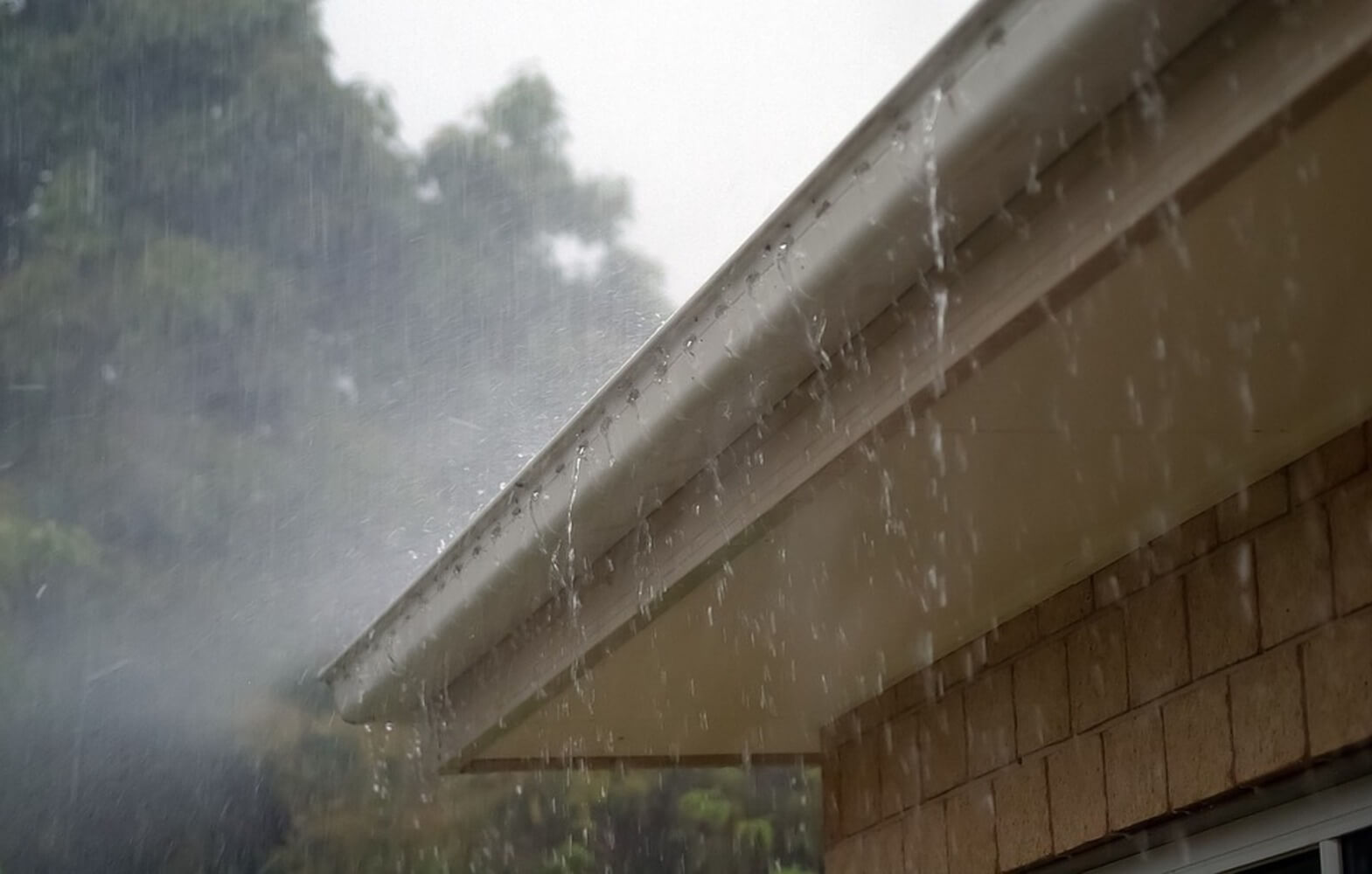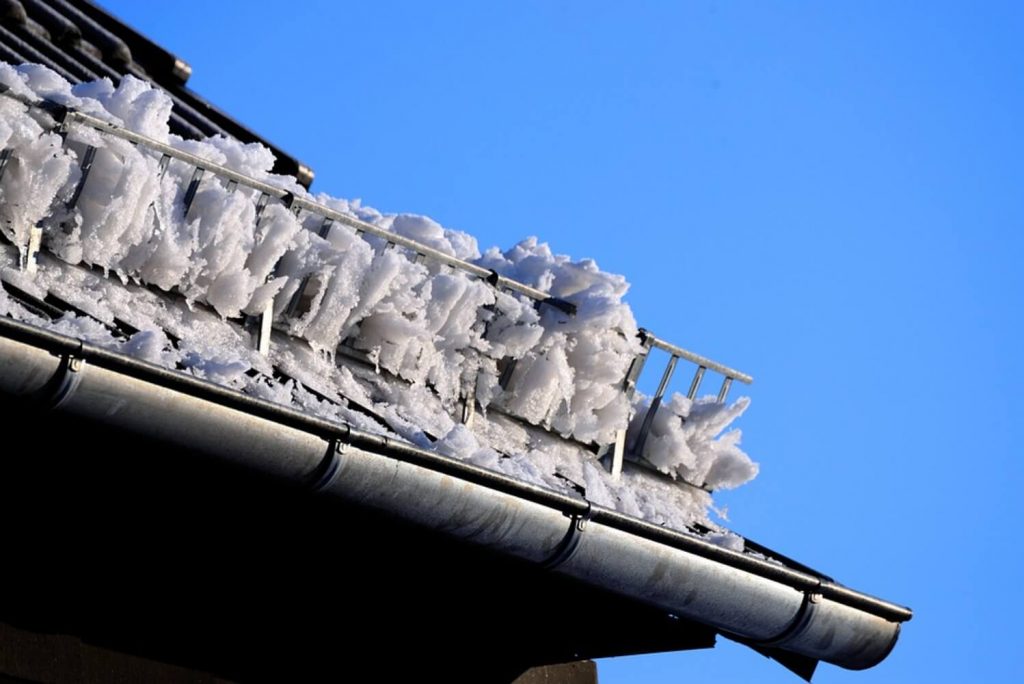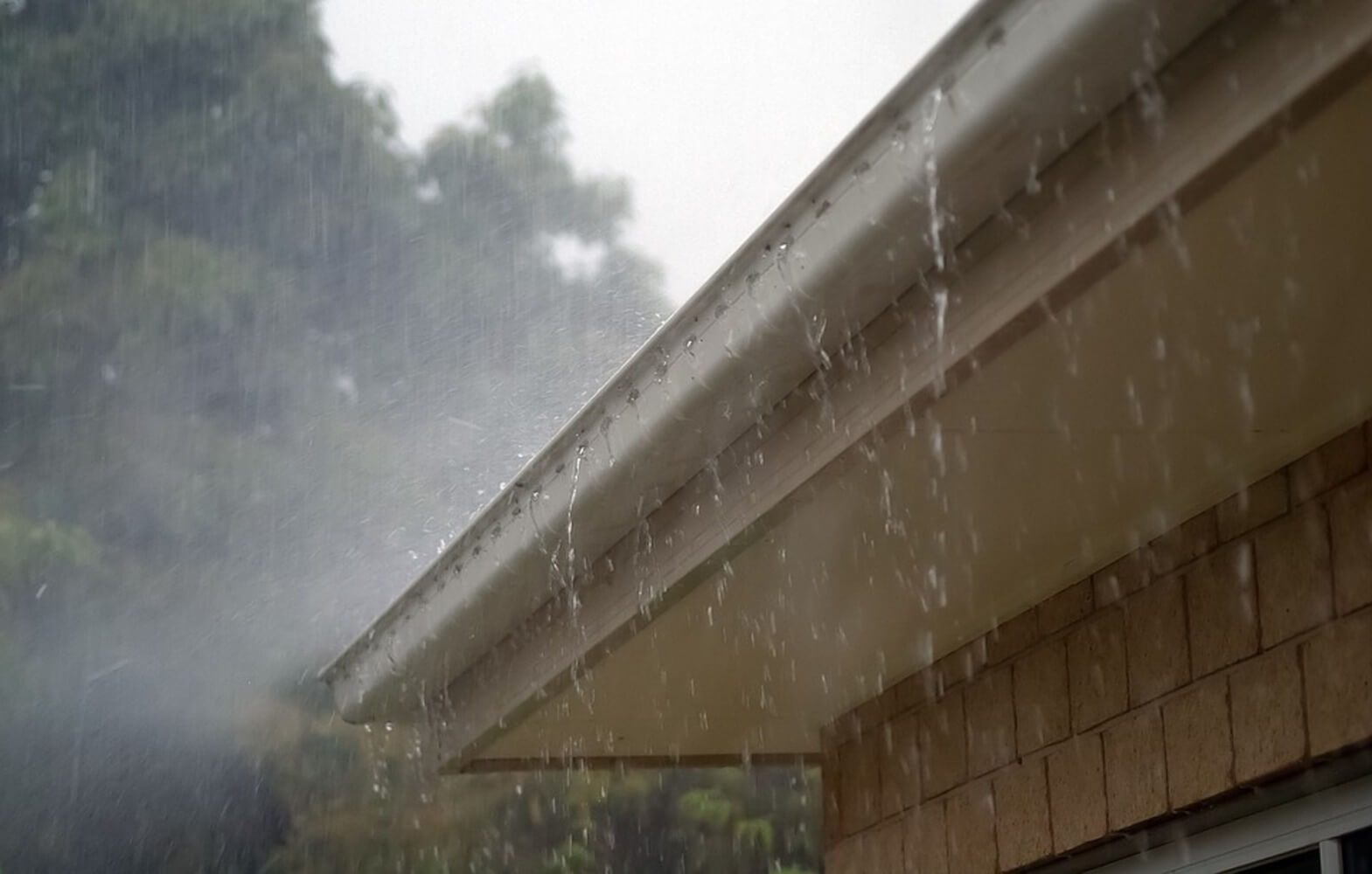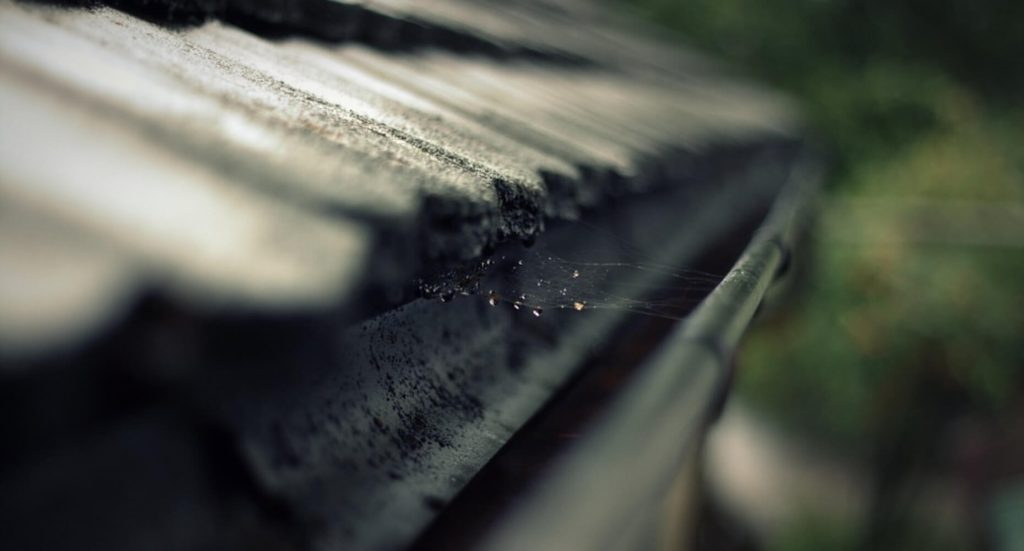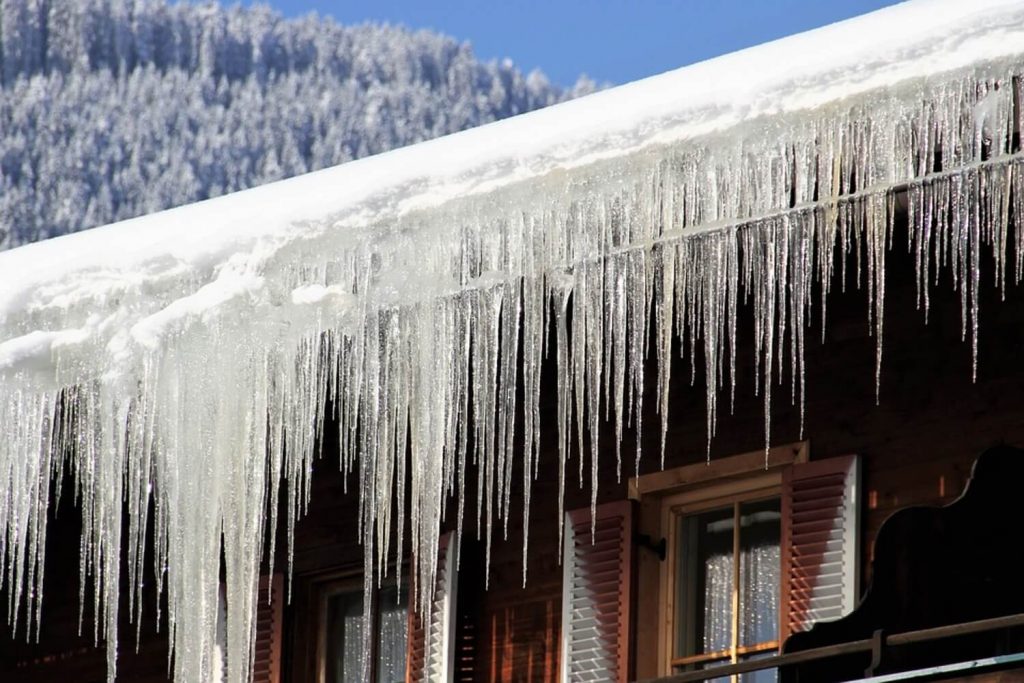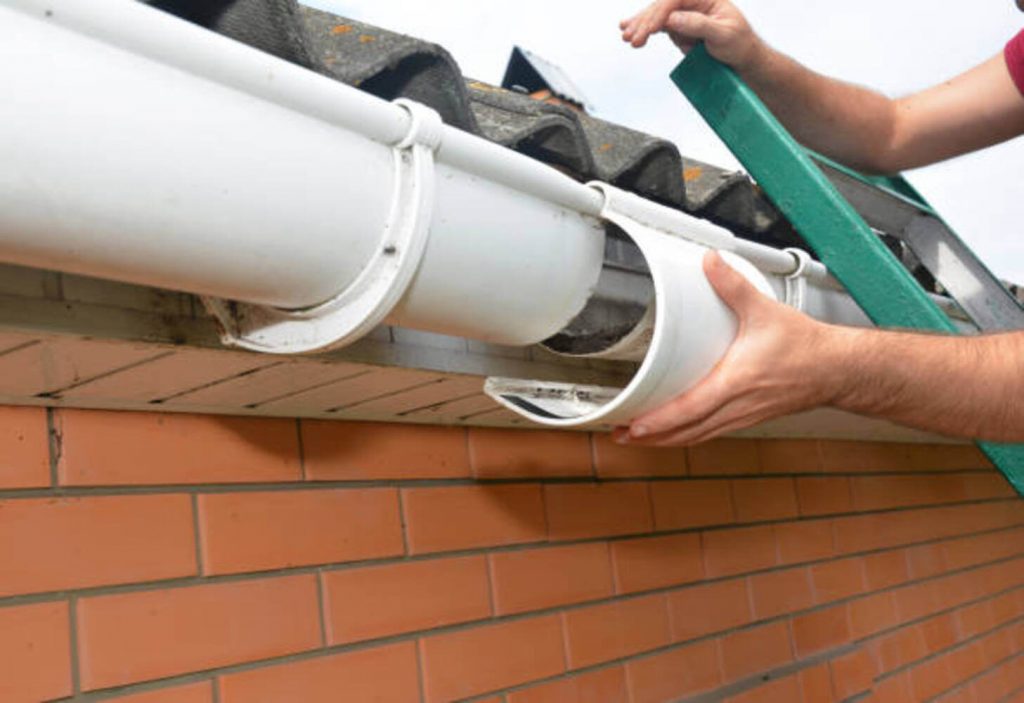The roof is likened to a woman’s hair; it is your home’s crowning glory. A woman garbed with expensive, classy clothes will never have the confidence if she’s having a bad hair day. The same is true for your home. The exterior may attract people at first glance, but the roof will clinch the value of a home.
Many new homeowners think that the foundation warrants more attention than the roof. However, every homeowner should realize that the roof protects everything in their house – the foundation, exterior, interior, and even the lawn. This article discusses common roofing mistakes that threaten every homeowner’s safety and budget.
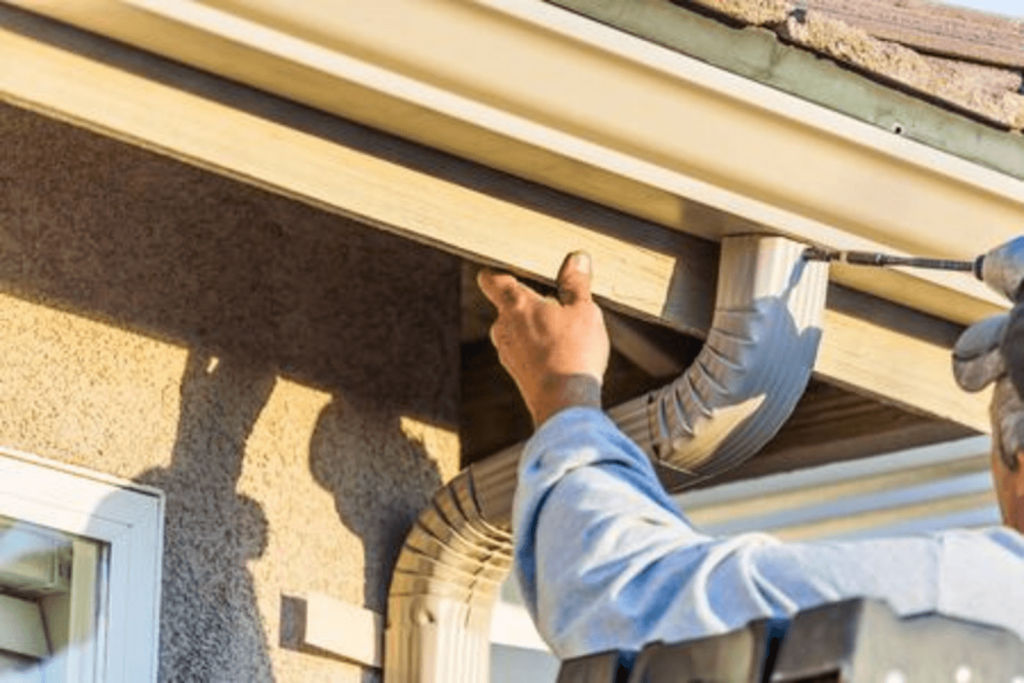
Qualities of a Good Roof
- A good roof effectively drains the water to avoid any standing water that may cause rotting and damage to your roof and other parts of the house. Even flat roofs have a slight slope to drain the water off the roof.
- It protects the building’s interiors and occupants from the elements.
- A good quality roof incorporates insulation in the roof assembly.
- It also contributes to the overall look of the house.
Advantages of a High-Quality Roof
- A high-quality roof helps conserve energy from heating during the winter and air conditioning during the hot months.
- Sellers can demand a good price for their houses.
- A well-maintained roof lowers your insurance premiums.
- It saves you a lot of money from repairs and potential damage to your belongings.
Common Roofing Mistakes for Newly-Constructed Homes
Constructing a new home gives you more freedom on the materials to use and the layout and design of your home. A bad roof will compromise your investment and can cause the denial of your insurance claims.
1. Installing the Wrong Roof Type
Some roofs are not suitable in certain states. Metal roofings are not the best choice for hurricane-prone states, while asphalt and tile roof shingles are not best for heavily-snowed states. Before you buy the materials for your roof, refer to the most common type used in your neighborhood. Also, ask among contractors what type of roof they recommend in your state.
2. Not Investing in High-Quality Roofing Materials
Invest in high-quality roofing materials suitable for your location, as mentioned earlier. Different roofing materials have different service lives. Tile and metal roofs last the longest with more than 50 years of service life, followed by asphalt shingles.
Understand, though, that the roof has two main components. The supporting structure should be sturdy enough to support the roofing material. In most modern structures, the materials used on the joists, trusses, and rafters are cast iron or steel, while some still use lumber.
3. Doing a DIY Roof Installation
DIYers are most notorious for these mistakes. Though some home projects are good for DIYs, installing the roof is a different issue. Professional roofing contractors have a checklist of the issues they need to check during and after the installation. You may avoid cracked shingles, missing vents, a poor tilt of the gutter, and other issues if you hire a professional roof contractor.
4. Hiring a Low-Bid Roofing Contractor
When hiring a contractor for your roof installation, go for reputable and trusted roofing contractors rather than cheap ones. On the same note, getting a pricey contractor doesn’t guarantee quality work. Check your roofing contractor’s reputation, and don’t hire the first contractor either. Instead, compare quotes and services, including the estimate of working days.
5. Not Considering the Use of Solar Shingles
Solar shingles are long-term investments that new homeowners should consider. Though the installation is pricey, the long-term benefits you can get from producing your electricity are worth the investment. They also last for 20-25 years, and since they function as a roof and solar power generator, even if the solar panel no longer functions, you don’t need to replace the shingles immediately.
Common Roofing Mistakes for Newly-Acquired Homes
First-time homebuyers commit several mistakes that may cost them their hard-earned money. However, Forbes points out that bad roofing is a deal-breaker when buying a house. Here are common pitfalls you should avoid before making an offer for your new house.
6. Not Checking the Integrity of the Roof
Constructing a new home is not an option for many people, so they buy second-hand homes instead. Your real estate agent may have the best photos, but before deciding to buy that home, check the structure of the house, especially the roof. Check the attic and the ceiling to see if there are watermarks from leaks.
7. Ignoring the Gutters
Though the gutters are technically not part of the roof, they tell a story about the integrity of the house. Check the gutters because clogged or damaged gutters can lead to issues with the foundation and walls of the house.
8. Repairing Instead of Replacing the Roof
Some homeowners may opt for a house with a compromised roof because of the lower price. If the overall structural integrity is sound, but the roof needs replacement because it is past its service life, don’t hesitate to invest in replacing the roof.
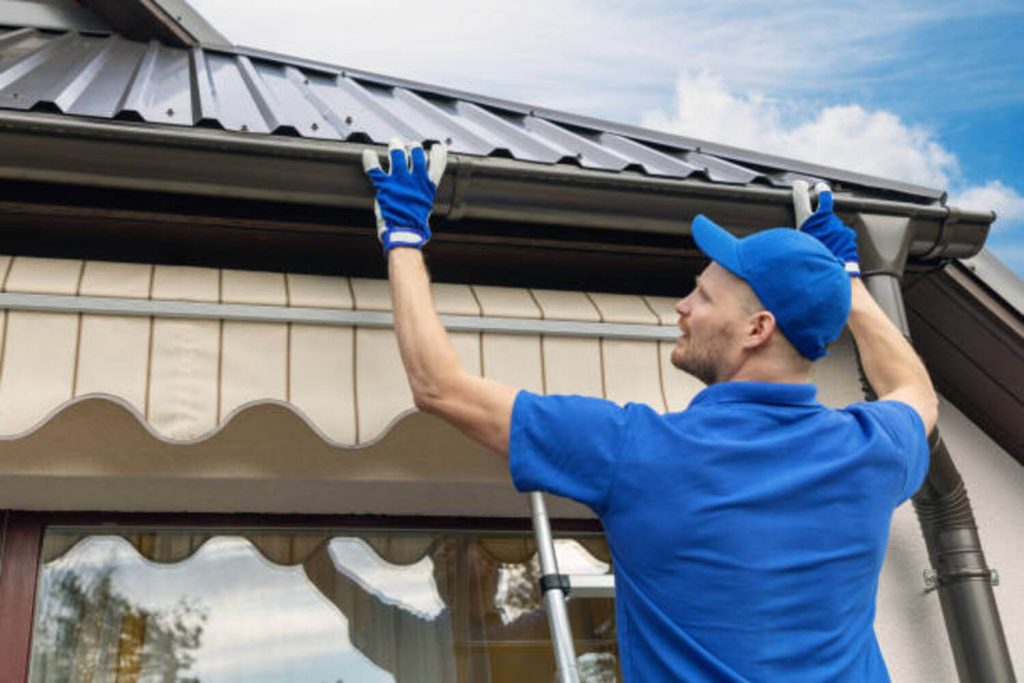
Take Note
Although the roof is very important, homeowners should not neglect other parts of the house. Do a periodic maintenance check to see that your new home is ready for the changing seasons.

